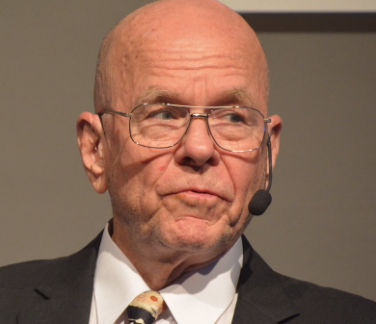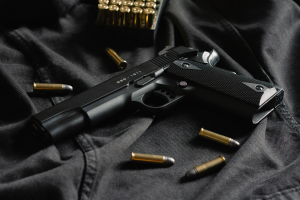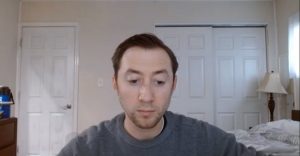Karl Barry Sharpless won the 2022 Nobel Prize in Chemistry alongside Carolyn R. Bertozzi and Morten Meldal.
Sharpless and Meldal “have laid the foundation for a functional form of chemistry – click chemistry – in which molecular building blocks snap together quickly and efficiently,” the Nobel Prize committee wrote on Twitter.
Also Read | Nobel Peace Prize: AltNews founders Mohammed Zubair, Pratik Sinha nominated
Who is Karl Barry Sharpless?
Karl Barry Sharpless is known for his work on stereoselective reactions and click chemistry.
He is now the fifth individual to be awarded two Nobel Prizes after John Bardeen, Marie Skłodowska Curie, Linus Pauling and Frederick Sanger.
Born April 28, 1941, in Philadelphia, Pennsylvania, Sharpless graduated from Friends’ Central School in 1959, and continued his studies at Dartmouth College, earning an A.B. in 1963. He originally planned to attend medical school after his undergraduate degree, but he continued education in chemistry.
He earned his Ph.D. in Organic Chemistry from Stanford University in 1968 under Eugene van Tamelen, followed by post-doctoral work at Stanford University (1968–1969) with James P. Collman, working on organometallic chemistry.
He then moved to Harvard University for a year, studying enzymology in Konrad E. Bloch’s lab.
Also Read | Nobel Prize for physics: Indians who won the award
The 81-year-old was a professor at the Massachusetts Institute of Technology and Stanford University.
In 2001, he won a half-share of the Nobel Prize in Chemistry for his work on chirally catalysed oxidation reactions.
In 2019, Sharpless was awarded the Priestley medal, the American Chemical Society’s highest honor, for “the invention of catalytic, asymmetric oxidation methods, the concept of click chemistry and development of the copper-catalyzed version of the azide-acetylene cycloaddition reaction.”
During a lab accident in 1970, Sharpless got blinded in one eye. The incident took place shortly after he arrived at MIT as an assistant professor. After this accident, Sharpless said: “There’s simply never an adequate excuse for not wearing safety glasses in the laboratory at all times.”
He married Jan Dueser in 1965 and the couple has three children.




